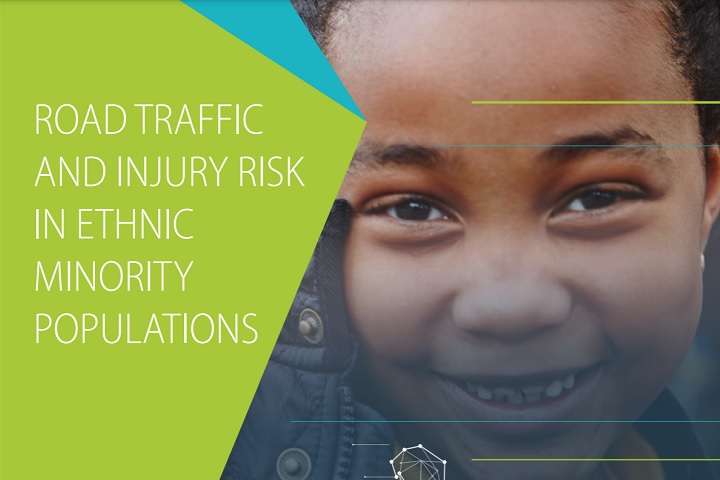
A new report has found that deprived and ethnic minority pedestrians are three times more likely to be injured on Britain’s roads.
The report, produced by Agilysis and walking charity Living Streets, looked at a decade of collision data for correlations between risk and community deprivation and ethnicity.
It finds that deprived ethnic minority (excluding white minority) pedestrians are more than three times more likely to be a casualty on Britain’s roads than white non-deprived pedestrians.
It also reveals that deprivation more than doubles the risk of becoming a pedestrian casualty.
Annual pedestrian casualties per 100,000:
- Ethnic minority (excluding white minority) pedestrians living in deprived areas: 62
- White pedestrians living in deprived areas: 48
- Ethnic minority (excluding white minority) pedestrians not living in deprived areas: 24
- White pedestrians not living in deprived areas: 20
The report says this increased risk may be due, in part, to the amount of time spent as a pedestrian – as people from ethnic minority groups and poorer communities are more likely to walk and less likely to have a car.
Mary Creagh, chief executive of Living Streets, said: “Britain’s poorest people and people from ethnic minority groups already bear the brunt of traffic congestion and air pollution. This important new report reveals that they are also more likely to be a casualty on Britain’s dangerous roads.
“Black lives matter and we would like to see more research into the causes of these worrying inequalities so that we can reduce road danger for everyone.”
Dan Campsall, chairman of Agilysis said: “Those of us working in road safety research are well aware of the links between deprivation and the risk of being injured as a pedestrian.
“What is less well-known is that ethnic background also influences the likelihood of being a road casualty.
“This initial analysis highlights that a problem exists but more work needs to be done to understand why it is a problem and what could be done to address these inequalities.”
Comment on this story